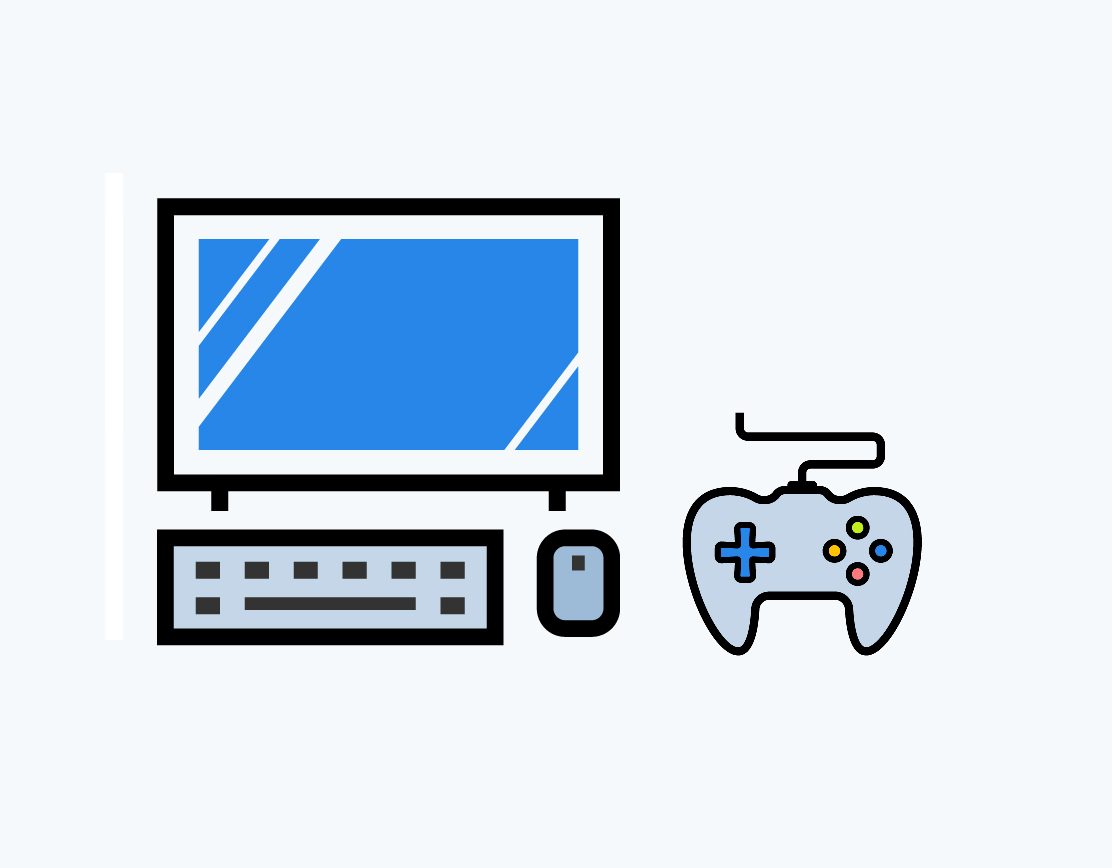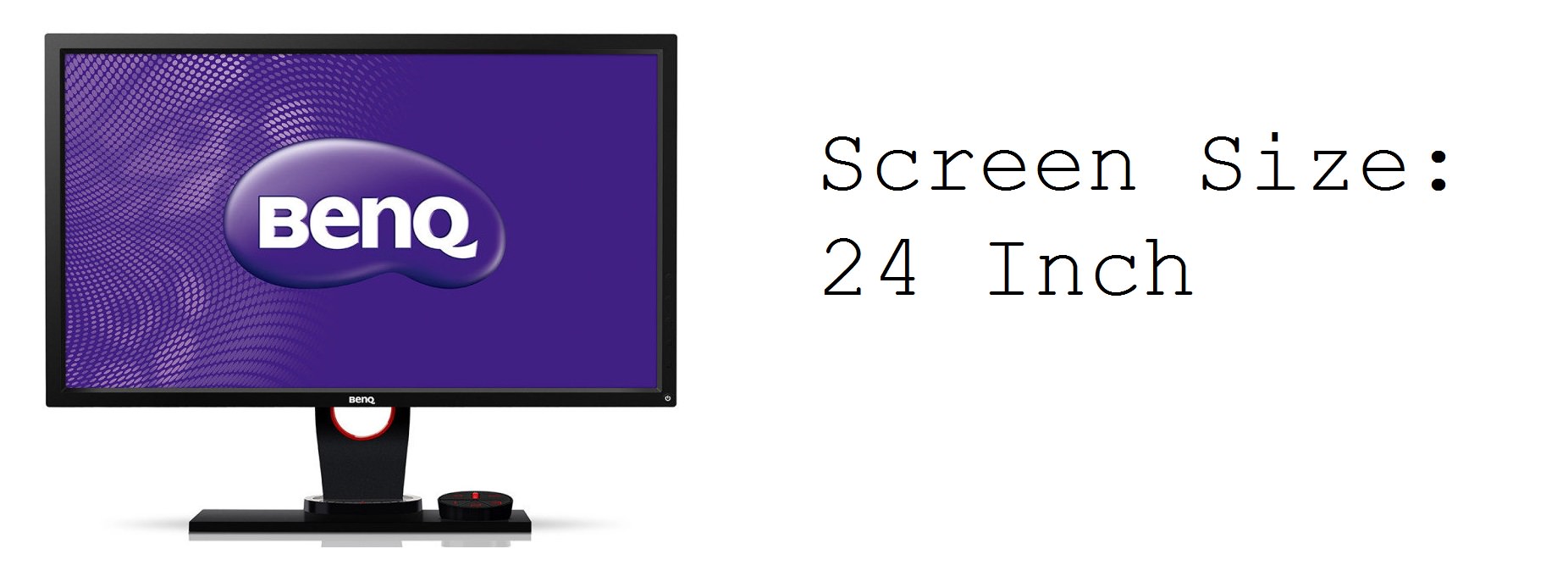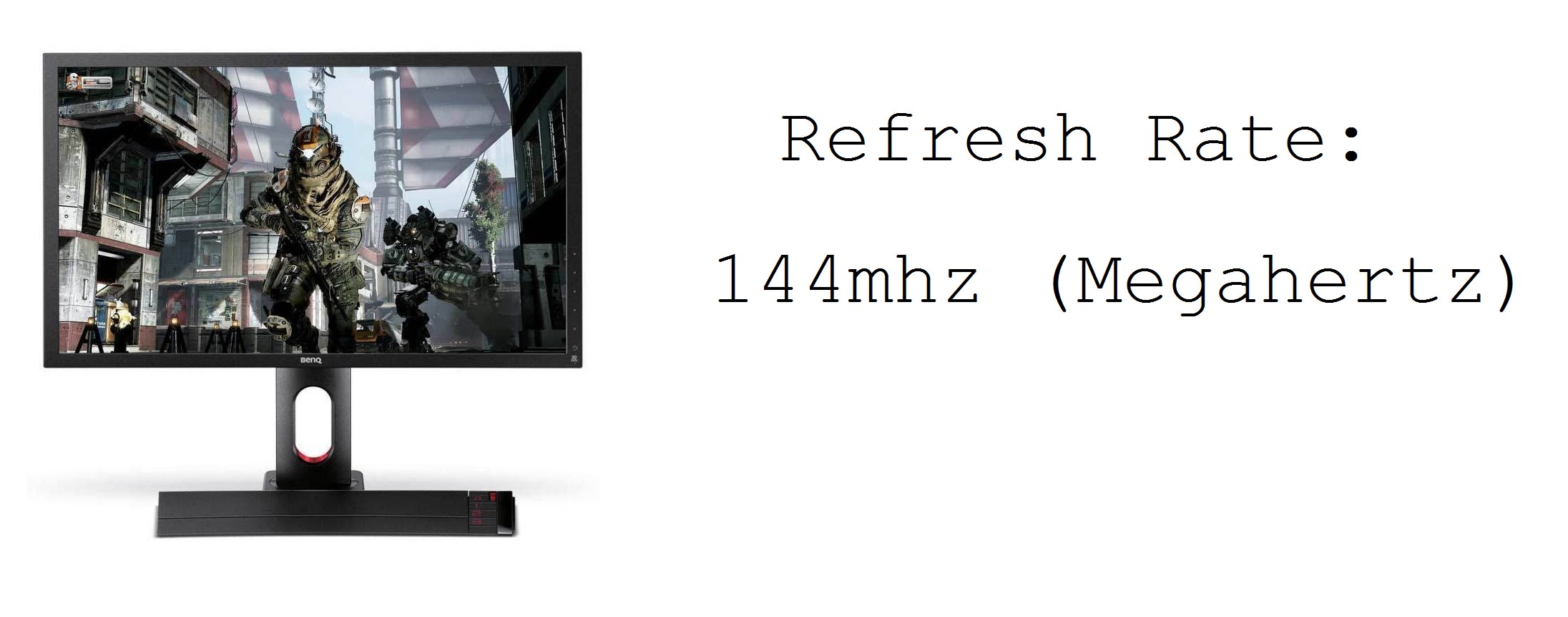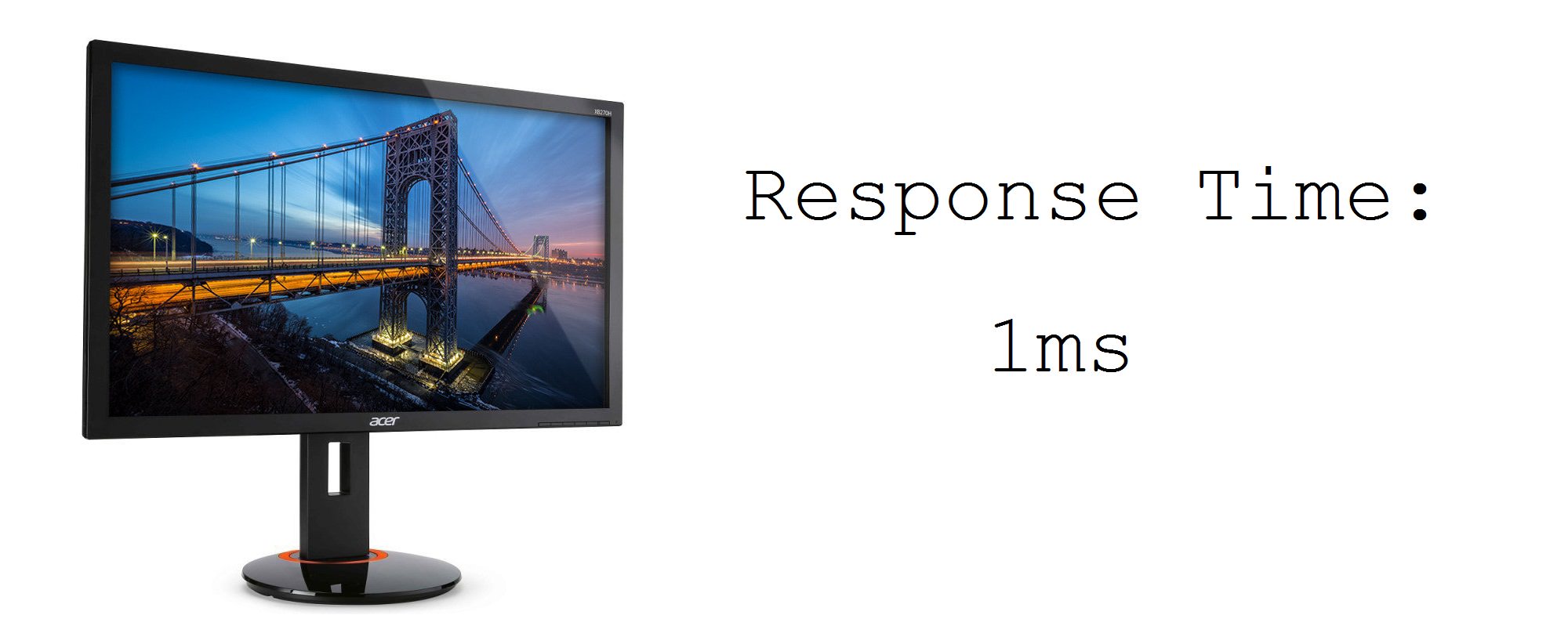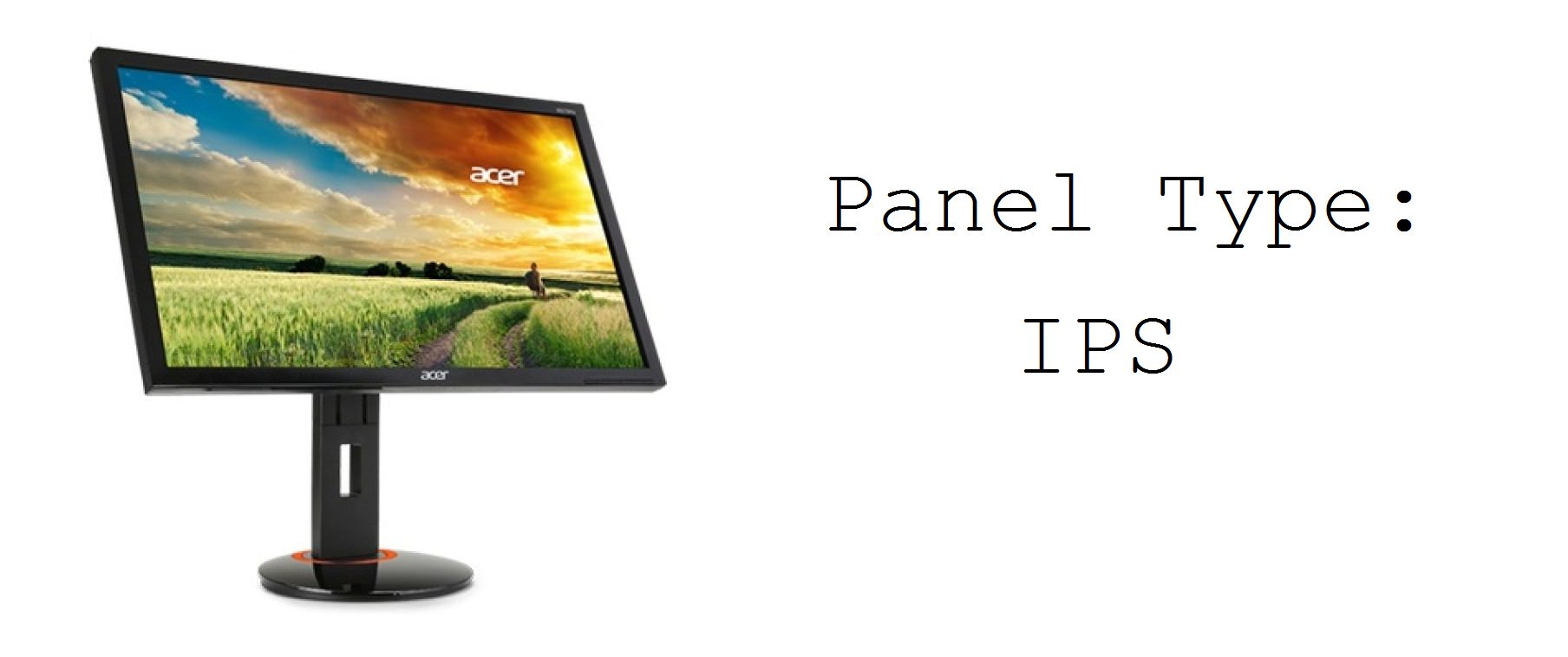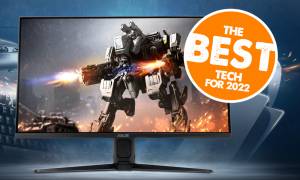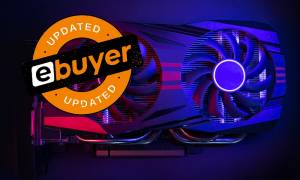So, you’ve gone all out and invested in a top of the line gaming PC, rammed full of beefy components that will deliver you the latest in gaming prestige. Drop that cherry on top of the cake and get a display that matches your PC.
Not only will it fulfil the potential of your desktop build, it might also maximise your individual performance.
Size and Resolution
As with any monitor purchase, one of the first points your likely to address is screen size and resolution. Whereas heavy media consumers will look to large scale monitor sizes, gamers are likely to find a more reasonable size to be greater for gaming pedigree. Ultimately however, it comes down to the personal preference and budget allocations. Whilst a 21” monitors are perfectly suited for gaming, some prefer larger screens that rank all the way up to 23”, 25” or even 27”.
Product Featured- BenQ 24″ XL2430T
Whichever size you plump for, resolution is a critically important factor. It’s not use investing heavily in a power packed PC only to see it hampered by a second-rate monitor. The benchmark of course, is Full HD 1920×1080. Gamers simply can’t go any lower if they want to enjoy a crisp and impressive gaming experience. A monitors size and resolution are closely related, and as the size increases, so too should your resolution. The larger the screen, the further those pixels will be stretched across it, so it pays to invest in a higher resolution if you’re going for a larger screen. 2560×1440 will give your display a handy boost, but if you’re feeling flash, you could go all the way and marvel at a shiny 4K monitor.
One final point to consider on resolution is exactly what spec you’ll be playing games at. If you’ve got a system capable of churning through the latest releases in 4K, then you need a monitor capable of showing it off. So, if you’re playing a game at 1080p on a 720p monitor, the display will only be able to render at 720p.
You can even consider a curved monitor. Smooth, curved designs are built to consume your field of vision entirely. Particularly relevant for gamers who want to remain in the game, curved monitors provide a deeper level of immersion than a standard flat screen. Definitely worth close consideration.
Product Featured- BenQ XR3501 35″ UltraWide
Refresh Rate and Response Time
Another feature gamers should pay particular attention to is a monitor’s refresh rate. Refresh rate is measured in hertz (hz). Hertz measures the rate at which a monitor refreshes the image it is displaying every second. For so long, the industry standard was 60hz per second, but the progression towards 120hz (and beyond) is gaining momentum. Essentially, a greater the refresh rate equals a smoother the image and reduces the chance of any blur. Gamers will certainly feel the impact of a boost in refresh rate, but again, an increase in tech means an increase in cost.
Product Featured- BenQ XL2720Z 27″
As with resolutions, refresh rates also demand that you consider your gaming build as a whole before making a purchase. Frame rates are a point that gamers obsess over, and their monitor’s refresh rate plays a huge roll in rendering a good FPS. Frames per second is how many frames your graphics card is churning through each second, which then passes onto your monitor to be displayed. So, if you settle for a 60hz monitor, it won’t be able to process anything above 60fps from your graphics card.
Product Featured- Acer Predator XB280H 28″ 4K
Response time concerns the amount of time (measure in milliseconds) it takes the pixels in a monitor to change colour. Gamers should be concerned with response rates more than most, particularly if you’re playing high-paced titles where the images change frequently. The lower the response time, the better your monitor is equipped to deal with the challenges of high-spec gaming. Typically, a response time of 4ms is fine for most gamers, but lower times such as 2 or even 1ms will allow your monitor to avoid the pitfalls of a slow response time completely. For the record, the main problem that might occur is ghosting, where a previous image can still be seen as a blur after the image has changed.
Panel Type
LCD technology reigns supreme as the industry standard monitor. But even within that, gamers have a decision to make over which panel type to go for. For gamers, choice is essentially between two: TN (Twisted Nematic) and IPS (In-Plane Switching).
The most common panel type is TN. TN technology is a little old hat nowadays, but as result, they are markedly cheaper than IPS monitors. Still, a TN panel will give you the fastest response times and higher refresh rates. Where TN’s fall down, are on colours. They tend to be less vibrant than IPS, their viewing angles are noticeably poorer.
Product Featured- Acer Predator XB270HU 27″
IPS, whilst currently the expensive option, do have their own unique advantages. IPS panels present a greater level of colour accuracy, and those colours will remain crisp and clear even at wide viewing angles.
In short, IPS monitors look considerably nicer than VN, but VN’s come with all the features a truly competitive gamer looks for.
Ports
One final point to ponder over is ports. Consider exactly what you’ll be hooking up to your monitor, and match the connectors accordingly. HDMI is still considered the go-to connection, and almost all 21-inch and above monitors to house a HDMI port. You might even want to consider dual-ports, particularly if you’ll be wiring in a games console or any other device as well as your PC. Also, ensure you’ve got enough USB ports, as peripherals like a mouse and keyboard soon see them stack up.
Even if you find yourself with a DVI or DisplayPort connection and it doesn’t match, there are a variety of conversion cables to ensure you’re never at a loose end.

